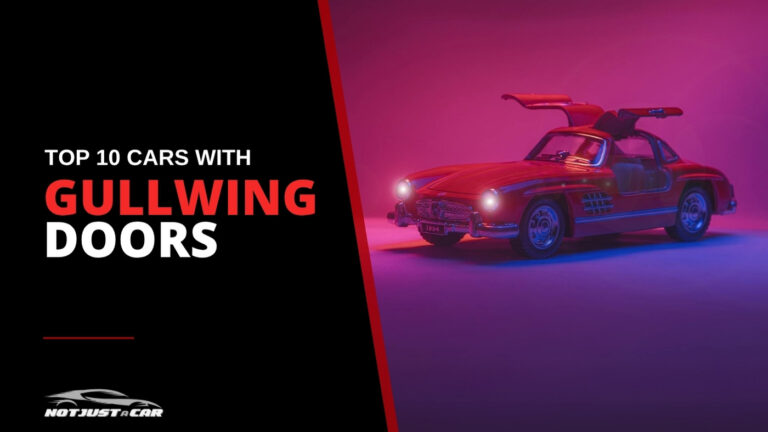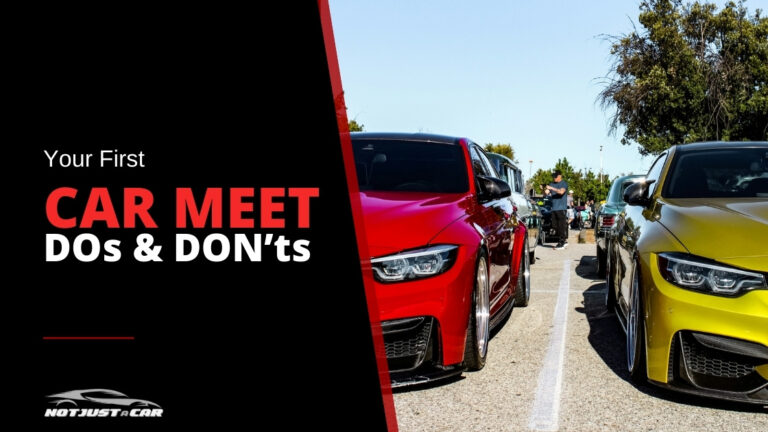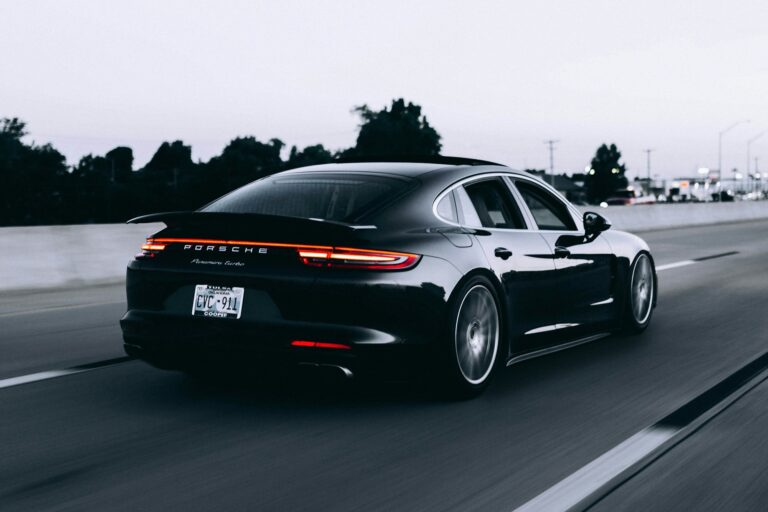Classic F1 Glory: The Untamed Era of Vintage Racing
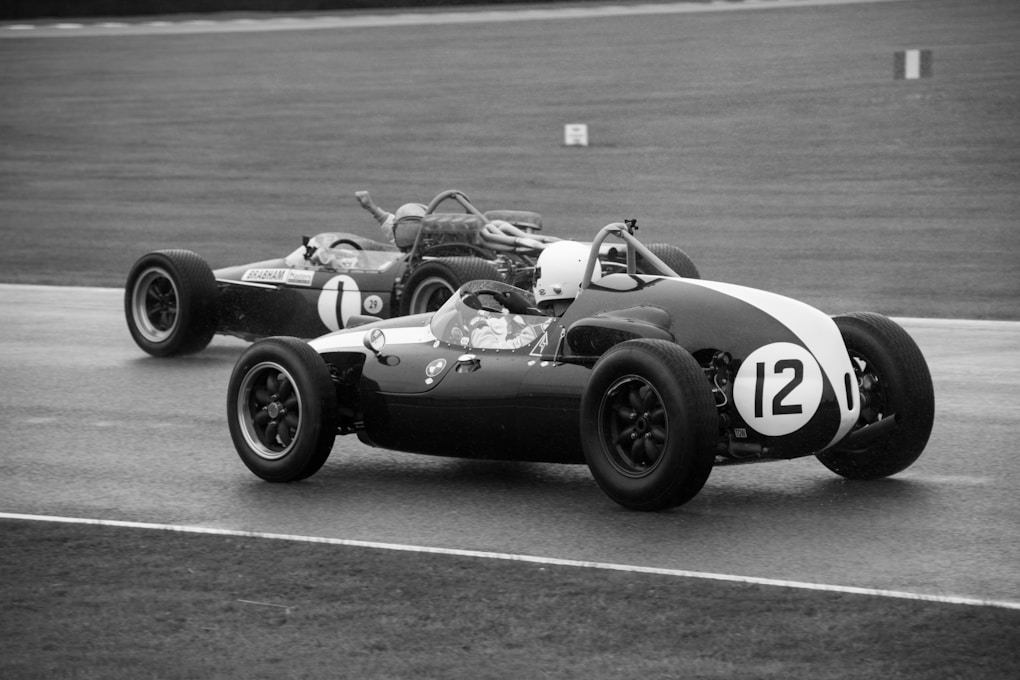
Picture hammer-down through a palm-lined waterfront, helmet barely strapped, thin cotton overalls flapping, and a stone wall waiting to write your epitaph if you miss the apex by an inch. That was “normal” from the ’50s to the early ’70s—an age when seatbelts were optional and courage was the only roll cage.
Quick Links
1. Streets, Seagulls, and Zero Run-Off
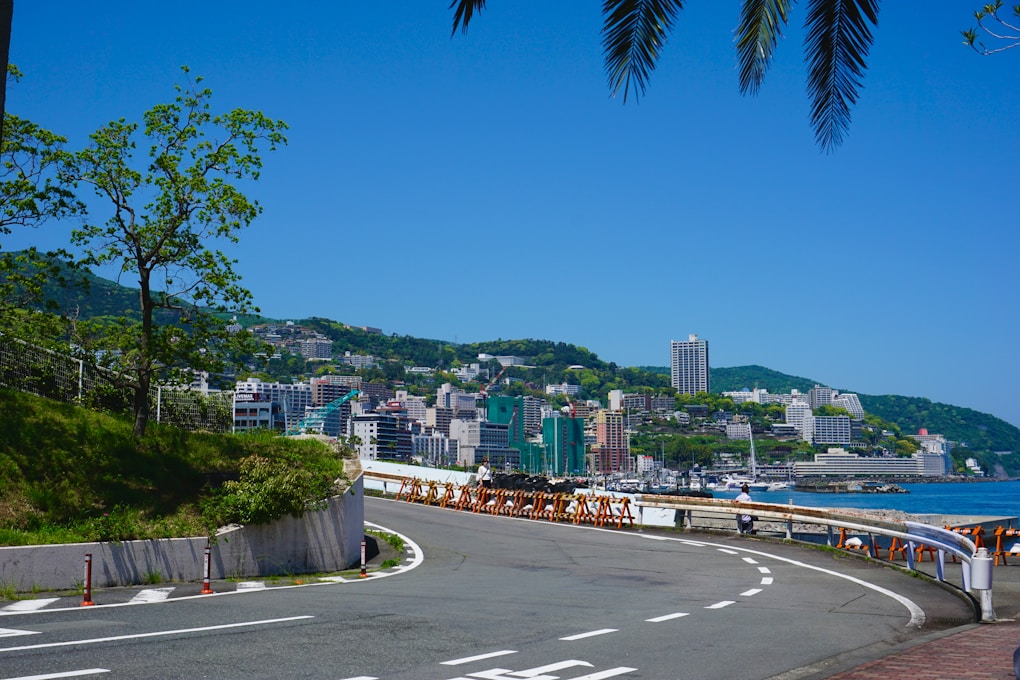
While modern circuits are manicured playgrounds, the heroes of mid-century motorsport diced on everyday streets that just happened to hug stunning coastlines. Think cliff-edge boulevards in Portugal, tree-shaded roads in California, and tight harborside sweeps in Asia—venues like Boavista, Pebble Beach, and the Macau Guia Circuit that treated Armco as a luxury item 1. Public roads by day, 160-mph death traps by weekend.
2. Cars Built Like Coke Cans — But Faster
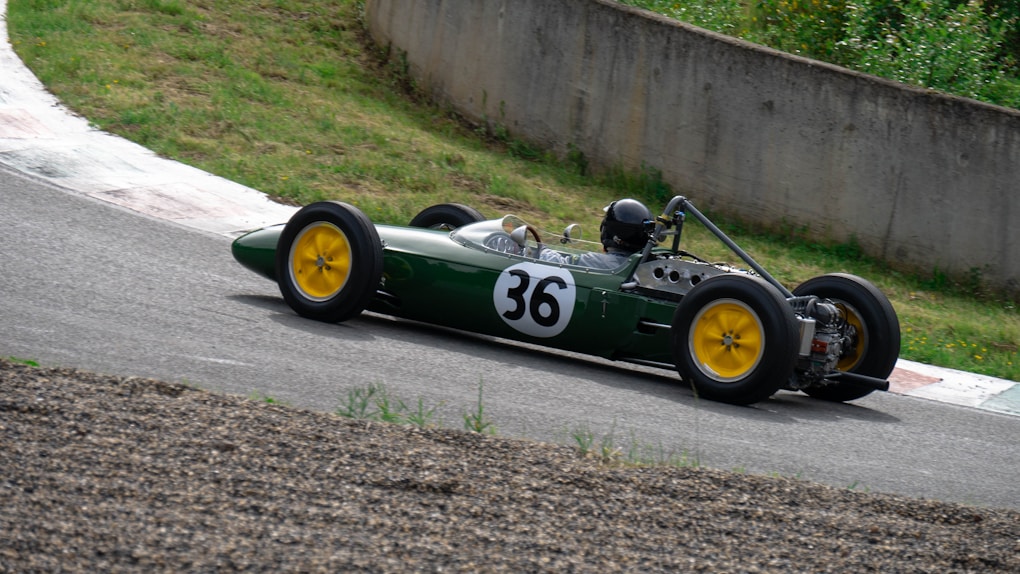
Early-’50s racers started as over-tuned road cars: front-engined, steel tube frames, and no real thought for impact absorption 2. Then Lotus dropped the monocoque bomb in ’62, making cars stiffer—and nastier when they hit something. By the ’70s we’d bolted wings on and flirted with ground effect, so corner speeds skyrocketed while the only “safety cell” was still the driver’s rib cage.
| Era | Chassis Tech | Safety Reality |
|---|---|---|
| 1950s | Tube-frame, drum brakes | Cloth helmets, no belts, hay bales |
| 1960s | First monocoques, disc brakes | Basic lap belts, single roll bar, cotton overalls |
| 1970s | Aero wings, slick tires | Full-face lids, Nomex suits (finally), but still no survival cell |
3. Courageous Pilots in Linen Shirts

Phil Hill basically invents “just send it” at Pebble Beach in 1950—bouncing a Jag XK-120 off hay bales and still winning 3. Carroll Shelby closes the same event in ’56, grabbing silverware hours before tragedy forces organizers to build Laguna Seca instead. Across the Pacific, fearless kids sling sports cars around Macau’s arm-popping hairpins—no runoff, just a two-story drop to the bay if you get it wrong. Fatalities were brutal statistics: in the ’60s, someone died every eight Grands Prix on average 4.
If courage had a measurement, these guys were all red-lining the gauge.
4. Dangerous Circuits
- Guia Circuit (Macau): 3.8 miles of blind crests and waterfront walls. Legend says you can smell the South China Sea when someone locks a brake.
- Ain-Diab (Morocco): Fast desert straight meets Atlantic crosswind—good luck, chief.
- Boavista (Portugal): Cobblestones plus curb stones equals chiropractic sessions at 120 mph.
- Opatija (Croatia): Cliffside Adriatic ribbon style circuit.
- Pebble Beach Roads (USA): Pines, fog, and damp leaves; hit a tree and well… that was it.
Every lap was Russian roulette with extra chambers.
5. Safety — Not a Thing Until the Late 70s
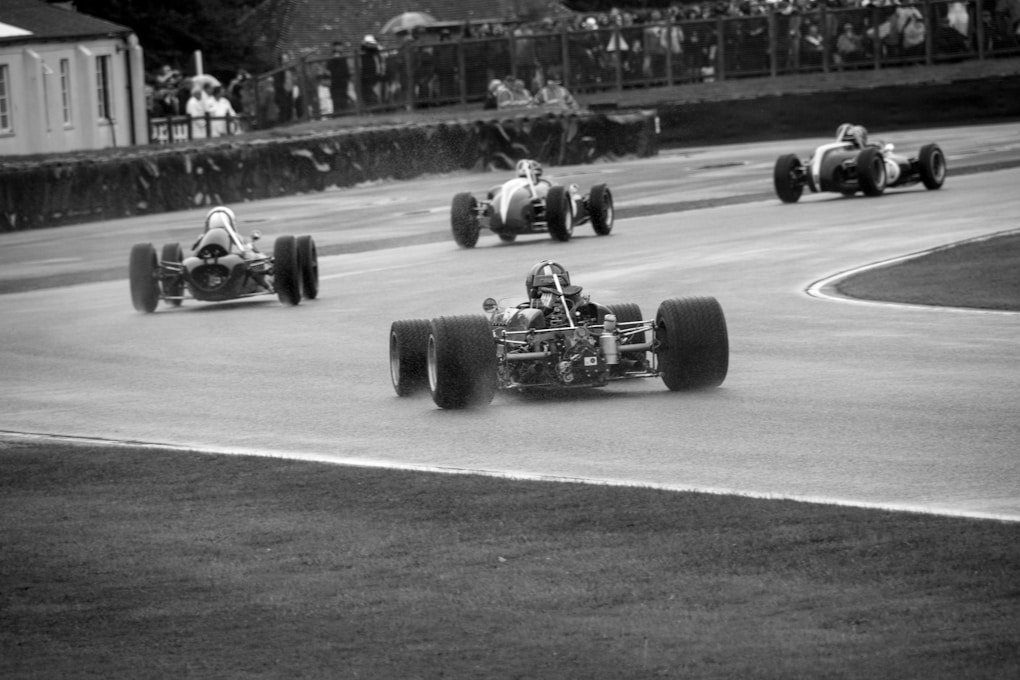
Helmet tech finally grows a chin bar in the late ’60s; Nomex suits become compulsory in ’75, good for about eleven seconds of fire before your luck runs out. Multi-point harnesses replace the “eject me, maybe I’ll live” philosophy.
Jackie Stewart and friends push for barriers that aren’t hay—yet even by ’79 the cockpit survival cell is still a dream.
So why did anyone line up? Simple: glory. Win on Sunday and you went down as a gladiator. Lose, and, well… the sport had a short memory for casualties but a long one for victories.
6. What Modern Fans Miss
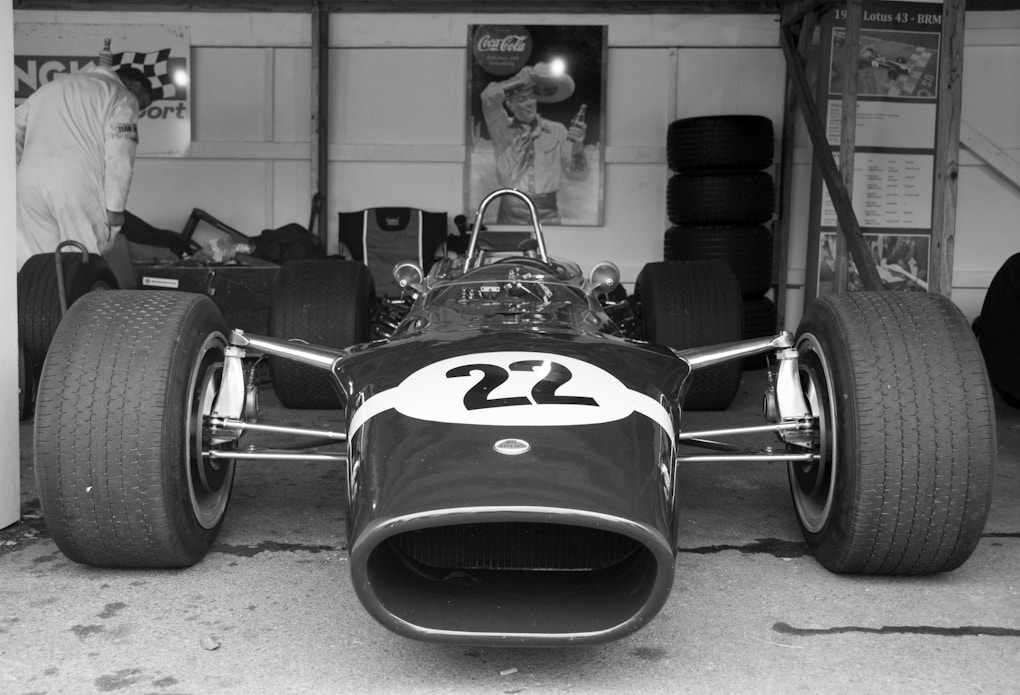
Race replays from back then look sped-up, not because the film ran too fast but because the cars moved a lot—suspension jacking in corners, drivers sawing at wheels the size of hula hoops.
Modern open-wheel machines are basically ground-effect fighter jets: you flick the nose toward the apex, the floor sucks itself to the asphalt, and suddenly you’re carving a 300-km/h arc like the laws of physics forgot to show up.
Back then, there was no radio coaching, no Delta-time nanny, just meat-ball reflexes. You could feel danger through the screen, and the crowd was practically leaning over the kerb. Try getting that close today without a security pass and an orange vest.
Bring the Vintage Racing Spirit to Your Home
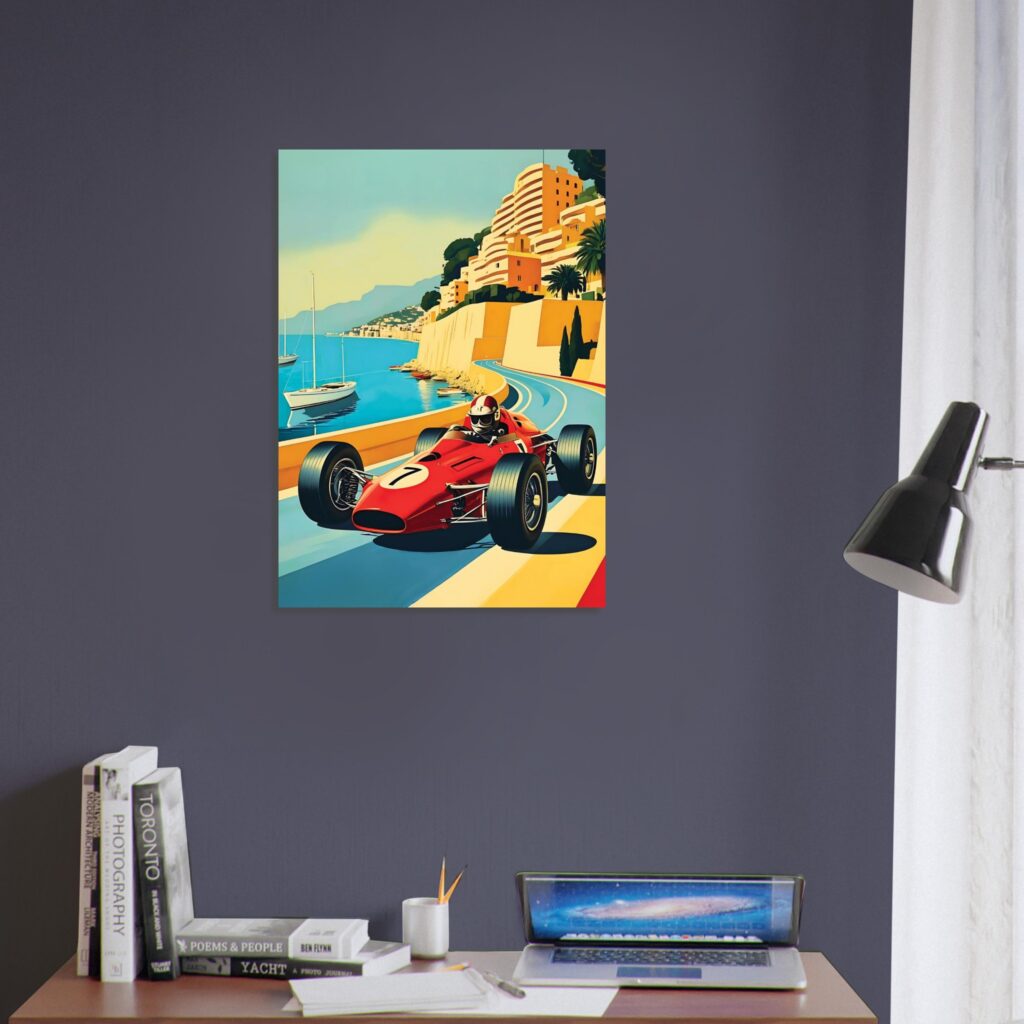
Coastal Vintage Race – Limited-Run Metal Print
A scarlet open-wheel hero blasting past yachts and palms—capturing that pre-air-fence era when bravery outweighed downforce. Printed on brushed aluminum for colors that pop like carbureted backfire. Three sizes for your wall (medium, large, extra lager), numbered run. Vintage attitude.
7. Why It Still Matters
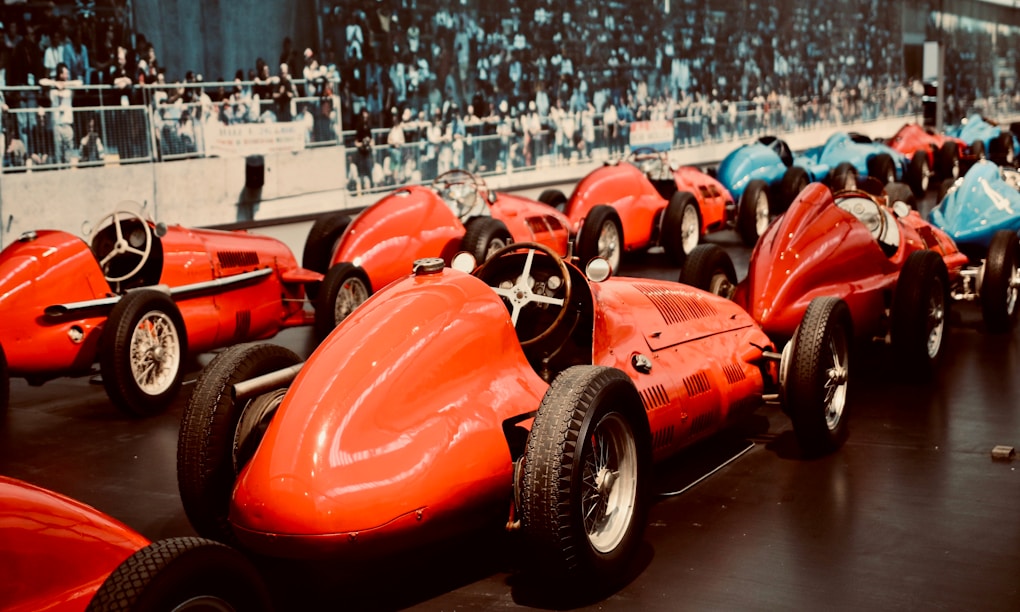
Today’s carbon tubs and Halo devices save lives—good. But the romance of racing came from watching men and machines tango on a knife edge. Studying that epoch reminds us speed isn’t just numbers; it’s risk, spectacle, and the gumption to stare at a stone wall doing triple digits.
So here’s my challenge: cue up some grainy ’60s footage, mute the commentary, and listen to your heartbeat. Then tell me: which golden-era moment would you risk everything to witness trackside?
Shelby’s final charge at Laguna? Hill’s hay-bale ricochets? Or maybe a nameless privateer blasting through a coastal village with nothing but sky and sea for runoff?
Drop your pick in the comments—let’s bench-race like it’s 1969.
Because in this shop, we still believe courage is the loudest exhaust note ever recorded.
TL;DR: The golden era was gorgeous, lethal, and utterly addictive. Modern safety might keep our heroes alive, but it’ll never outshine the lunacy of a time when the only cage around a driver was crowd control.


